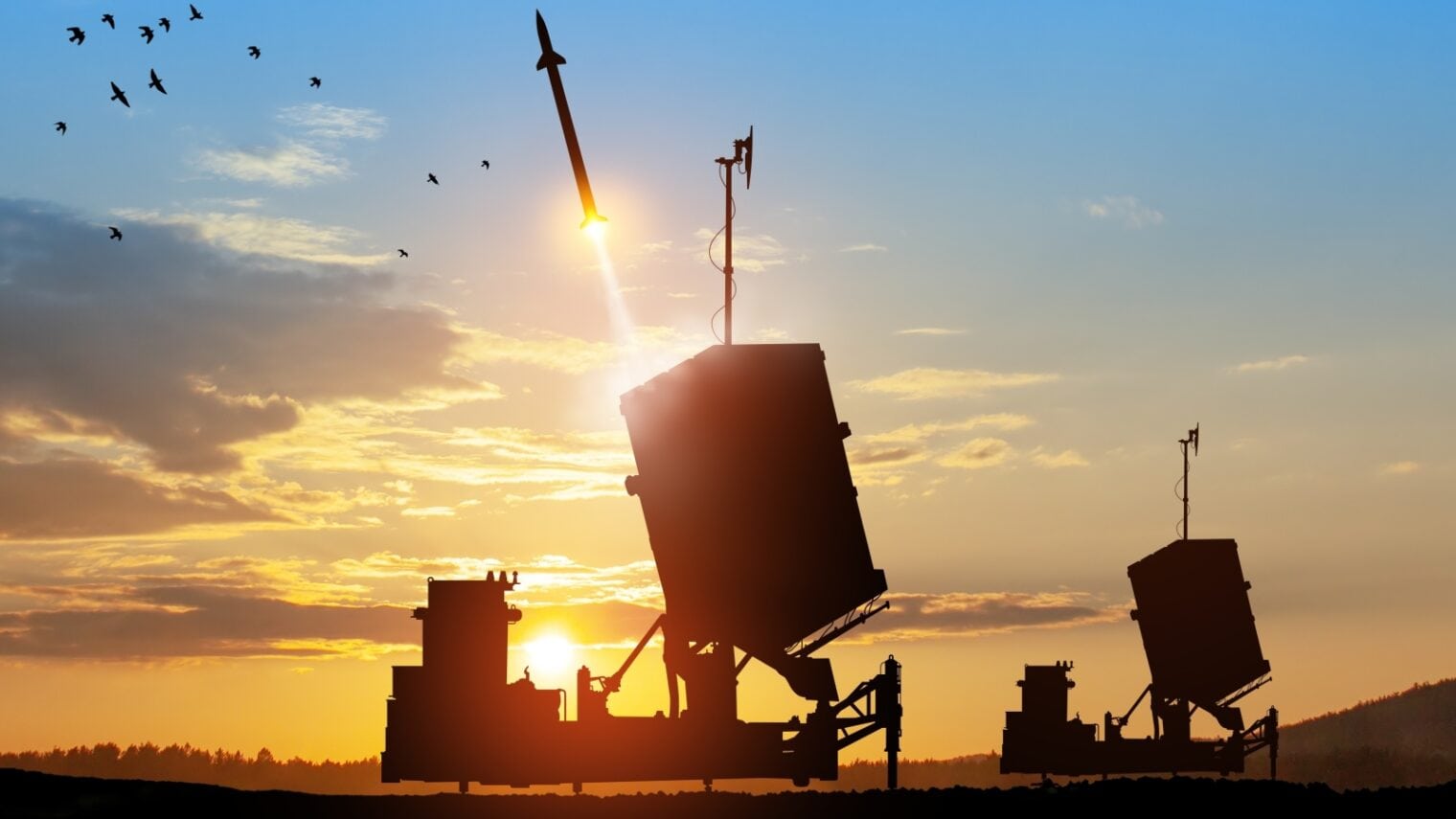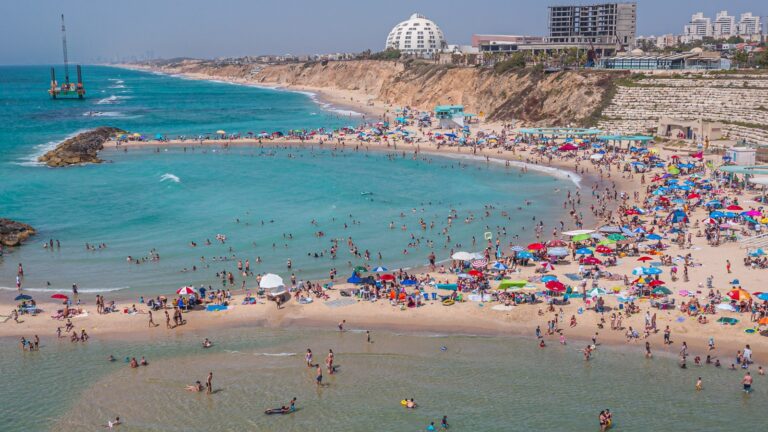Iran launched an unprecedented attack on Israel in the early hours of April 14, with a barrage of up to 400 missiles and drones designed to inflict maximum damage.
Virtually all its projectiles were, however, intercepted in a coordinated operation by Israel with the United States, European allies and some Arab nations. It has been hailed as “a greater miracle” than the Six- Day War.
Israel has sustained attacks from enemies on all sides throughout its nearly 76-year history and has invested heavily in high-tech air defense systems that have become the envy of the world’s military.
Here are 15 fascinating facts about these systems.
1. Three-layer defense
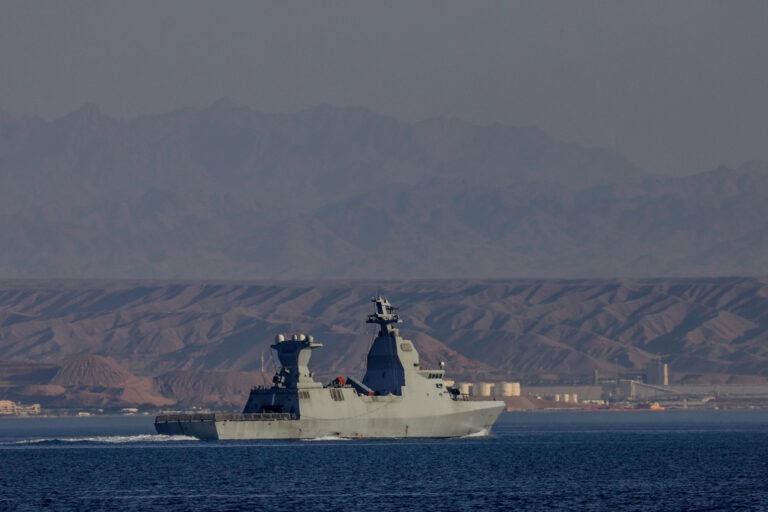
Israel’s air defense system has three layers, each designed to tackle threats from different distances.
The Iron Dome, introduced in 2011, intercepts short-range rockets and drones (4-70km / 2.5-43 miles) and is largely used to tackle unguided rockets launched from Gaza and Lebanon.
David’s Sling, operational since 2017, directly targets large-caliber rockets and short-range ballistic missiles from a range of 70-300km / 43-186 miles.
Arrow-2, in use since 2017, targets long-range ballistic missiles (300 – 500 km / 186 – 310 miles) and Arrow-3 targets intercontinental ballistic missiles, the big daddy of all missiles, which fly above the Earth’s atmosphere and are designed primarily to deliver nuclear weapons.
2. Firing near the rocket
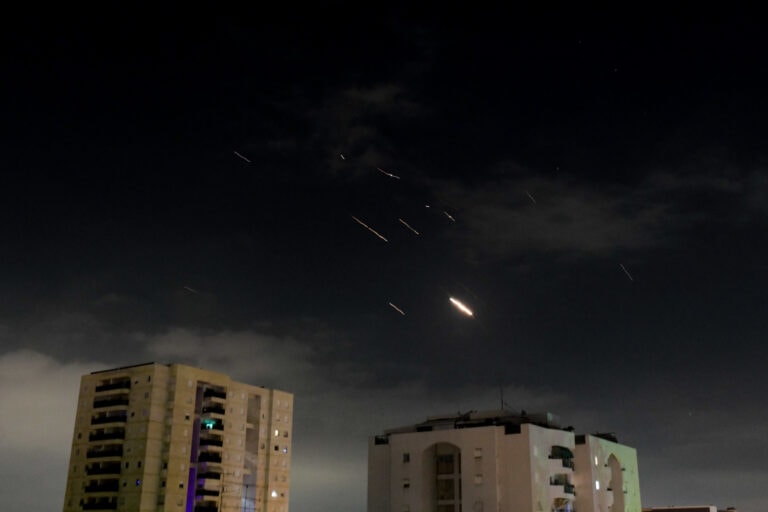
The Iron Dome uses radar to detect and track rockets and determine if they’re likely to strike populated areas. If so, it fires an interceptor missile that explodes near the rocket – without actually striking it – and knocks it out of the sky.
The Iron Dome was designed by Rafael Advanced Defense Systems and Israel Aerospace Industries, with US support, in just two and a half years after the 2006 conflict with Hezbollah and is credited with saving countless lives.
3. The crazy Brigadier-General
Brig. Gen. Daniel Gold won the Israel Defense Prize in 2012 for spearheading the Iron Dome project, which has won global acclaim.
People thought he was “absolutely crazy” to push forward the development process, he says. “It was like running 15 serious startup companies at the same time, all of which have to work in harmony with one another and be successful in record time.”
4. David and Goliath
David’s Sling, originally known as Magic Wand, is named after the weapon used by the biblical shepherd to slay the giant Goliath. It was jointly developed and manufactured by Rafael Advanced Defense Systems in Israel and Raytheon in the US.
Israel’s Defense Ministry signed a deal last November to sell David’s Sling to Finland for $344 million though it has so far declined requests so supply the system to Ukraine.
5. Houthi missile was Arrow-2’s first
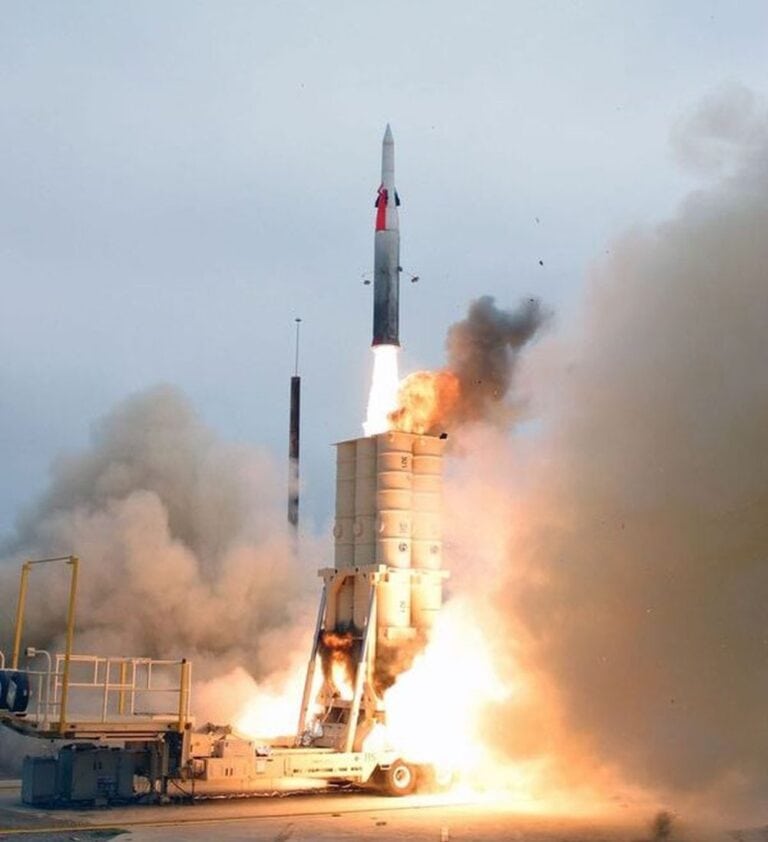
Arrow-2 was used to down a ballistic missile for the first time in the weeks following the October 7 attack. The missile was fired at the Red Sea by the Houthis in Yemen.
6. Interceptions out of Earth’s atmosphere
Israel built on the success of Arrow-2 by developing Arrow-3, designed to intercept so-called “exo-atmospheric threats” — ballistic missiles that fly 1,200km (750 miles) above the Earth’s atmosphere in suborbital space.
Israel is one of just five countries capable of intercepting such missiles. Arrow-3 uses hit-to-kill technology to knock out the missiles before they re-enter the earth’s atmosphere.
Israel has finalized an agreement to sell the Arrow-3 air defense system to Germany in a deal valued at $3.6 billion. It is now working on Arrow-4, which will have enhanced capabilities.

Before dawn on April 14, the Islamic Republic of Iran launched approximately 170 attack drones, 130 cruise missiles and 120 ballistic missiles at Israel.
The Israel Defense Forces intercepted 99 percent of them with help from the military forces of the United States, Britain, Jordan and France. A few ballistic missiles got through, causing minor damage at Nevatim Airbase in southern Israel. The only Israeli casualty was an Arab Bedouin girl wounded by shrapnel.
7. And now Iron Beam
Israel is also developing Iron Beam, a game-changing new system to intercept incoming threats using high-powered lasers instead of missiles. The only operating costs are the electricity it uses.
Although it’s still being developed, Iron Beam has been used in trials on the Gaza front in recent months.
8. F35 stealth jets

Israel has 39 state-of-the-art single-seat F-35 stealth fighter jets, which can fly at Mach 1.6 (1,910kmh / 1,190mph) and are virtually invisible to enemy defenses. The US-made planes (which cost around $100 million each) have been described as “a computer that happens to fly” because of its “situational awareness.” Some F-35 models can take off and land vertically.
9. Hugely expensive, but worth the cost
Israel’s air defense system is extremely expensive, but the alternative – not having one – would be even more costly.
“Establishing such a defense system, its development and production cost money,” said Moshe Patel, director of the Israel Missile Defense Organization (IMDO).
“However, we are in war, and in war first and foremost we save people, protect strategic installations and prevent the economy from coming to a stop, the declines in the stock market and the enormous damage to property.”
10. Iran’s coordinated strike
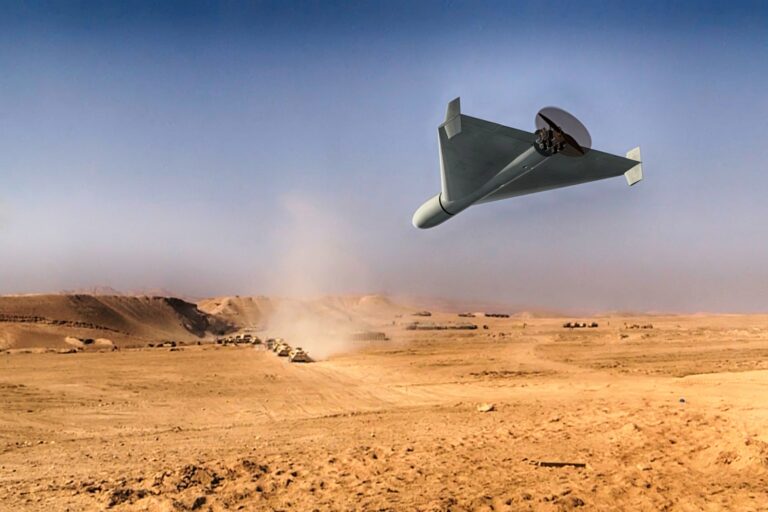
Iran’s attack, in response to the killing of Islamic Revolutionary Guard Corps commander Mohammad Reza Zahedi and his deputy Mohammad Hadi Hajriahimi in Damascus two weeks earlier, was coordinated so that drones and missiles with different flying times would all strike together at 2am on April 14.
Iran launched 170 UAVs (unmanned aerial vehicles or drones), which take seven hours to reach Israel, 120 cruise missiles (flying time two to three hours) and 100 long-range ballistic missiles, which take just 12 minutes, flying above the Earth’s atmosphere at a speed of around 7,500kmh (4,660 mph).
11. Coordinated, but 99% don’t make it
Around 99 percent of all Iran’s missiles and drones were downed before they entered Israeli airspace in an operation codenamed Iron Shield.
The Nevatim air base, home to Israel’s elite F-35 fighter jets and believed to be a primary target, suffered slight damage. There were no fatalities, although a seven-year-old Israeli Bedouin girl was seriously injured. Reports suggest at least a quarter, and as many as a half of Iran’s missiles failed.
12. 60 tons of TNT
Israel shot down missiles and drones with a combined payload of 60 tons of TNT explosives in an operation that cost an estimated 4 billion to 5 billion shekels ($1 billion to $1.3 billion). Each Iron Dome missile costs approximately $50,000; David’s Sling costs $1 million; and each Arrow-2 or Arrow-3 missile is reckoned to cost up to $2.5 million.
13. Top Gun meets Star Wars
An Israel Air Force reserve pilot said downing Iran’s drones and missiles on April 14 was like “Top Gun meets Star Wars.”
The unnamed officer said it was the most complex mission he’d flown in 20 years of service.
“It really was a different thing with hundreds of those UAVs and missiles in the air getting intercepted around you, endless explosions and interceptions going on around you,” he said. “It was a very aggressive attack coordinated by Iran, one which maybe we haven’t seen in modern warfare, but you’re seeing absolute defense in action.”
14. First nation state attack since 1991
Iran’s attack, called Operation True Promise, was the first on Israel by a nation state since January 1991, when Iraq fired some 40 Scud missiles, mostly at Tel Aviv and Haifa. Iraq, Syria and Yemen, where Tehran has allied militias, also took part in the attack.
15. Iran a missile superpower, but that’s about it
Iran is widely regarded as a superpower in tactical ballistic missiles and UAVs, but its air force is weak and poorly maintained, and its air defenses consist of largely outdated systems from Russia.




